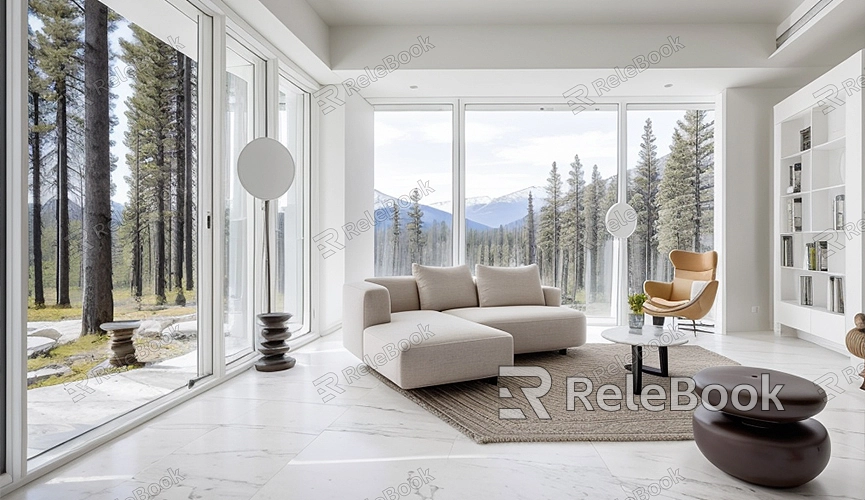How Many Samples for a Blender Image Render
Determining the appropriate number of samples is crucial when rendering images in Blender. Samples directly affect both the quality of the render and the time it takes to complete. This article will discuss in detail how to determine the right number of samples in Blender for achieving high-quality render results while keeping render times manageable.
I. What are Samples?
Samples refer to the number of times each pixel in the scene is sampled during the rendering process to gather information about light and color. More samples typically result in smoother and more realistic images but also increase rendering time. In Blender, sampling primarily includes Viewport Samples and Render Samples.

II. Setting Up Samples
1. Open Blender:
Launch Blender and open an existing project or create a new one.
2. Access Render Settings:
In the right-side panel of Blender, locate and click on the "Render Properties" icon.
3. Adjust Samples:
In the "Render Properties" panel, you'll find options for setting Viewport and Render samples under the "Viewport" and "Render" tabs respectively.
III. How Many Samples Are Appropriate?
The choice of sample count depends on several factors including scene complexity, desired image quality, and acceptable render time. Here are some common recommendations for sample settings:
1. Simple Scenes:
For straightforward scenes with basic geometry and low-complexity materials, fewer samples, typically between 50 to 100, can suffice to achieve satisfactory results.
2. Medium Complexity Scenes:
Scenes with more detail and complex materials may benefit from using 200 to 500 samples. This range helps maintain quality while keeping render times reasonable.
3. Complex Scenes:
Complex scenes involving intricate details, high-reflection materials, and multiple light sources may require 1000 samples or more to ensure professional-grade rendering quality.
IV. Optimizing Render Settings
1. Denoising:
Blender includes denoising options that allow you to achieve high-quality images even with lower sample counts. Enable this feature in the "Render Properties" panel under the "Denoising" options.
2. Adaptive Sampling:
Enabling adaptive sampling adjusts the number of samples per pixel automatically while maintaining quality, which can significantly reduce render time. This option is also found in the "Sampling" settings.
3. Simplify:
Enable the "Simplify" option in the "Render Properties" panel to reduce scene complexity, speeding up render times. This is particularly useful for previews and quick tests.
V. Testing and Adjustment
During actual rendering, start with lower sample settings for test renders to gauge the basic rendering effect of your scene. Gradually increase the sample count until you achieve the desired image quality. This approach ensures quality while avoiding unnecessary render time wastage.
Choosing the right sample count is critical for Blender image rendering. With proper setup and optimization, you can achieve high-quality renders in a shorter time frame. We hope this article helps you better understand and set sampling parameters in Blender for optimal rendering results.
For high-quality 3D textures, HDRI, or 3D model downloads during your modeling and virtual scene creation, you can directly import them into Blender from Relebook.

